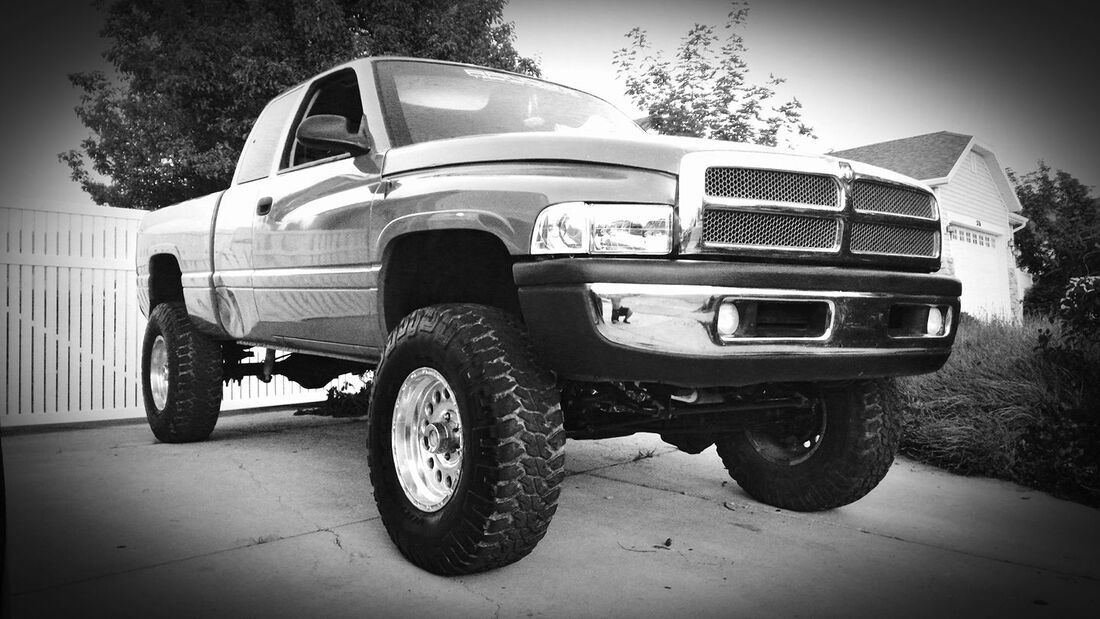|
Since YouTube has copyright issues with me commenting on the Engine Masters episode, here is the link for the video. Password is UTP.
https://www.dailymotion.com/video/x8cn7g1
7 Comments
Douglas James
11/25/2021 12:28:27 pm
Good episode. Glad your products get recognized. Disagree with their results though. The Vrp plates and porting made a dramatic difference in my truck. much more torque
Reply
Mitchell Smith
1/5/2022 05:38:22 pm
I can't get this video to load on any of my devices, it just acts like it's loading for eternity, so you may answer this question in the video. Please consider posting this on your youtube channel so I can view it.
Reply
Doug
7/20/2022 05:32:03 pm
The password is not working. Also, does the video answer Mr Smith's questions?
Reply
Doug
7/21/2022 05:48:23 pm
Thanks. Saw the EM episode, was trying to access the video above that you posted on Daily Motion. The password UTP didn't work for me. But, I will keep messing with it. Wouldn't be the first time the error was me and not the computer
Mitch
7/22/2022 10:35:55 am
Nope, the video on dailymotion just continues to say it's password protected.
Mitch
7/27/2022 02:45:08 pm
Alright, the video is now working (for me at least). Here are a few thoughts I had. For other readers, there is a guy on youtube who has been doing some testing with a fully ported kegger against an air gap manifold on the dyno with his dakota RT, as well as using a flow bench. He name is Thomas Beyer, and his results are quite interesting to compare against the engine masters results. It's not apples to apples because thomas is on a chassis dyno and EM uses an engine dyno, but it's still interesting.
Reply
Leave a Reply. |
Marty FletcherHands on engine builder and tuner for Dodge since 1993. Archives
July 2023
Categories |
